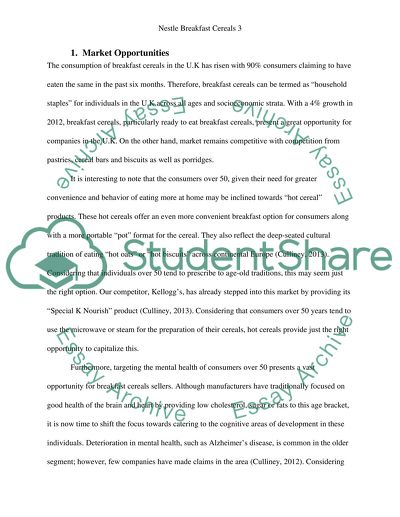Cite this document
(“A Nestle breakfast cereal (market opportunities, product strategy and Essay”, n.d.)
Retrieved from https://studentshare.org/marketing/1491733-a-ypnestley-breakfast-cereal-market-opportunities
Retrieved from https://studentshare.org/marketing/1491733-a-ypnestley-breakfast-cereal-market-opportunities
(A Nestle Breakfast Cereal (market Opportunities, Product Strategy and Essay)
https://studentshare.org/marketing/1491733-a-ypnestley-breakfast-cereal-market-opportunities.
https://studentshare.org/marketing/1491733-a-ypnestley-breakfast-cereal-market-opportunities.
“A Nestle Breakfast Cereal (market Opportunities, Product Strategy and Essay”, n.d. https://studentshare.org/marketing/1491733-a-ypnestley-breakfast-cereal-market-opportunities.


